

A new face in the UK sales team!
Louis Wilmot joined Pi at the beginning of January 2022 to provide sales and applications support to Pi’s customers in the South, South West, Midlands, North West of England and
Pi’s CoagSense coagulation controller is an integrated controller that accepts multiple inputs from appropriate parameters including pH, flow, temperature, UV254, turbidity and streaming current. From these measured parameters, the CoagSense outputs a flow proportional coagulation control signal that can go to a site SCADA or direct to control a coagulant dosing pump.


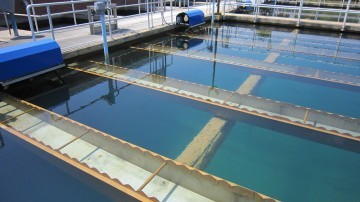

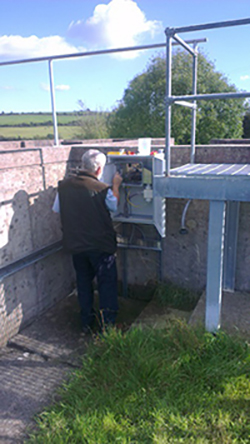

Typically, plants running on manual control will be overdosing. The CoagSense will allow you to control the dosing to the correct level. The more the plant is overdosing (typically about 30%) and the bigger the plant, the more money you will save. Typically, plants on more than 1.8ml/day will pay for a CoagSense inside 12 months.
Coagulant dosing can be controlled using feed forward control from UV254 acting as a surrogate measure of organics in water. A turbidity meter can be used in the same way, and streaming current can be used as a feedback control. The most suitable measurement for primary control varies from site to site and often a single parameter may not be enough. Turbidity, UV254 and Streaming Current are the most common parameters to use.
There are a number of coagulants which can be used depending on site conditions, budget, water conditions etc.. The CoagSense is an essential tool which can be used to automatically control this coagulant dosing. For more specific advice on the best coagulant, please contact Pi.
Typically the pumps are controlled using a PID driven 4-20mA output or Modbus link, or pulse control (either variable frequency or variable width).
UV254 is a measurement of absorbance in water, used as a surrogate to measure organics levels in water. Typically the organics are removed from drinking water using a coagulation process because they cause colour in the water and react with chlorine to form Disinfection By-Products (DBPs) which can be hazardous to health.
Typically organics are removed using a coagulation process. In order to get the best results the post coagulation pH and the alkalinity need to be controlled along with the coagulation dose. Often improvements in organics removal can be made by lowering the pH of coagulation or by swapping the addition points for pH corrections and coagulant. For specific advice, please contact Pi.
This depends on the coagulant, the temperature, the chemical makeup of the water. In all cases the best results are obtained if the pH is controlled.
Yes, one of our customers filmed a testimonial for us. Click here to view the video. If you would like to talk with a customer who has a CoagSense, please contact Process Instruments.
Contact Pi to start the process which is likely to include a site visit from an expert in coagulation control.
Contact Pi and a coagulation control expert will talk you through the process.
Yes. CoagSense typically runs a primary control algorithm that controls the dosing pumps with at least one secondary algorithm received from a different parameter. If these algorithms call for significantly different dosage rates then the system alarms.
Yes. CoagSense can use new or existing sensors.
Other than the maintenance associated with the instruments used for measurement, the sample line, dosage pump used, there is no additional maintenance.
Many! The CoagSense is fully protected with the intelligence you would expect on a cutting edge controller, e.g. failsafe on process variable alarm, on pump failure, on the control algorithm going out of spec etc..
Yes. Each CoagSense coagulation controller comes internet ready with full remote access reporting and control from any browser, both desktop/laptop and mobile.
Aluminium is generally introduced into drinking water through the addition of a coagulant. If the coagulant is overdosed there can be too much aluminium in the water as it leaves the plant. This can be prevented by having good and appropriate coagulation control to reduce the amount of coagulant used.
CoagSense uses digital comms e.g. Modbus to provide full remote control and data monitoring from a site DCS, SCADA and PLC.
That depends on what is required by each site. Generally coagulation can be optimised for somewhere between £15,000 and £50,000. Many plants achieve payback in under 12 months from the chemical saving.
Yes. CoagSense has been specifically designed to be used with highly variable raw water sources.
Focus Ons are a series of short articles distributed by email providing technical information regarding instrumentation, process measurement in potable, waste, process and pool waters. If you would like to join the mailing list, please contact us.
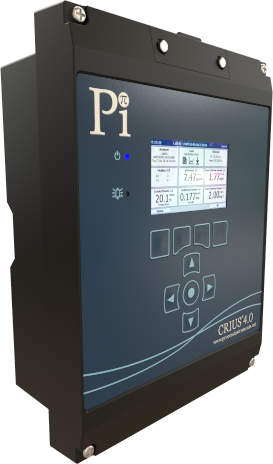

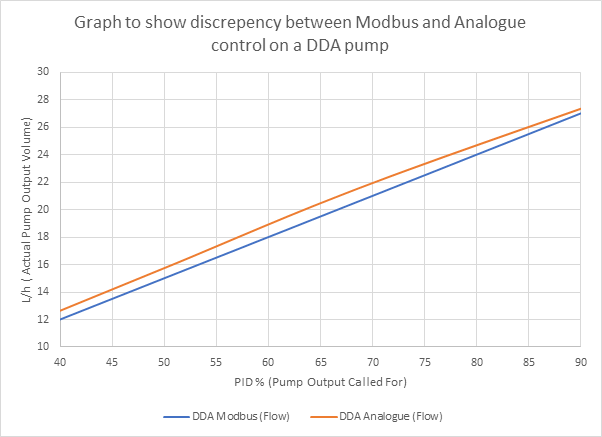



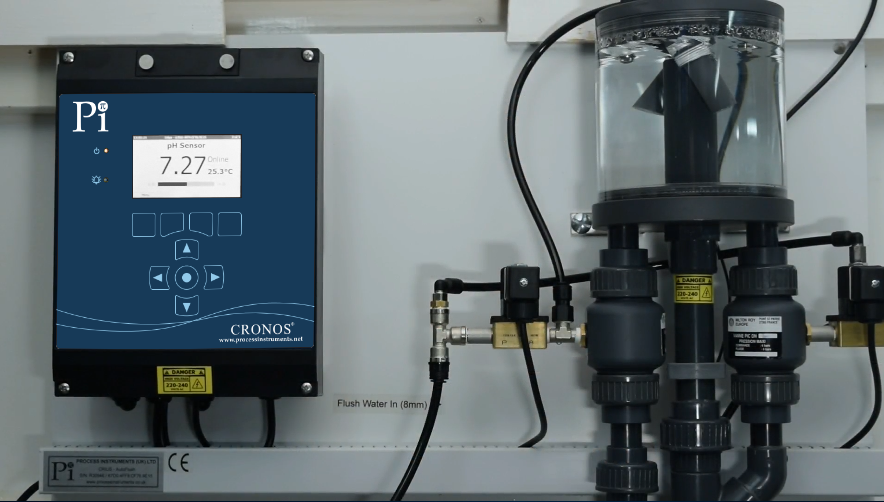

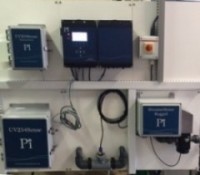

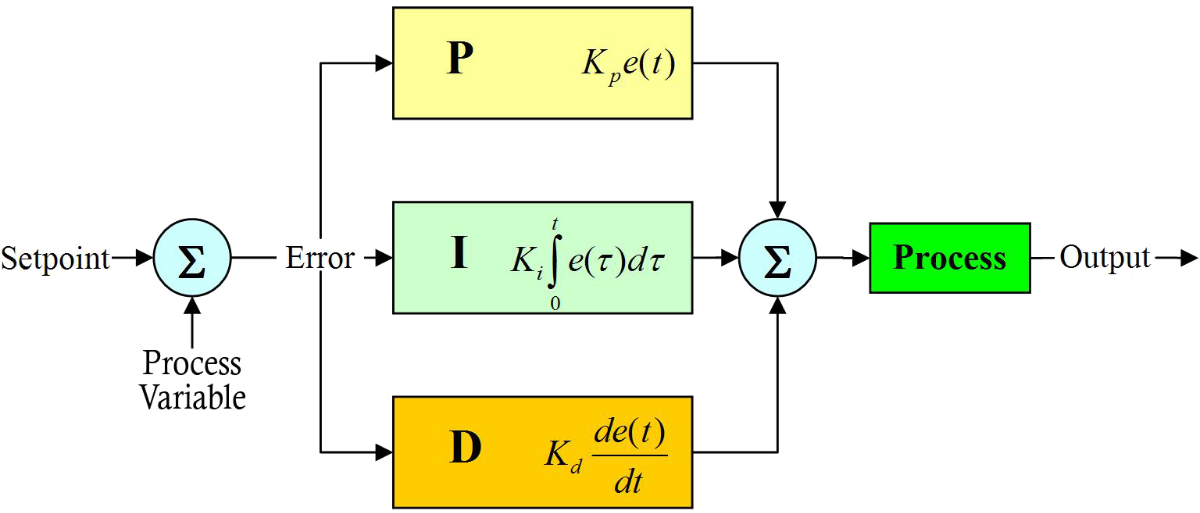

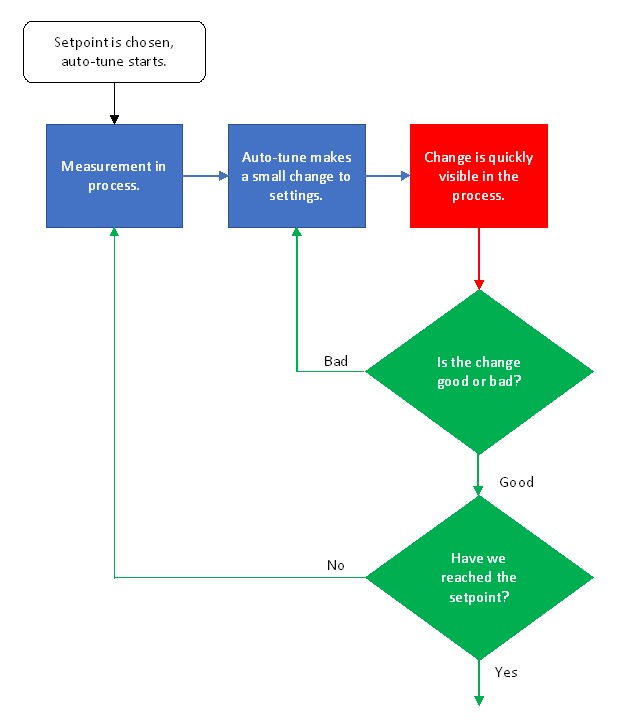







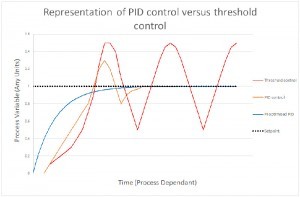







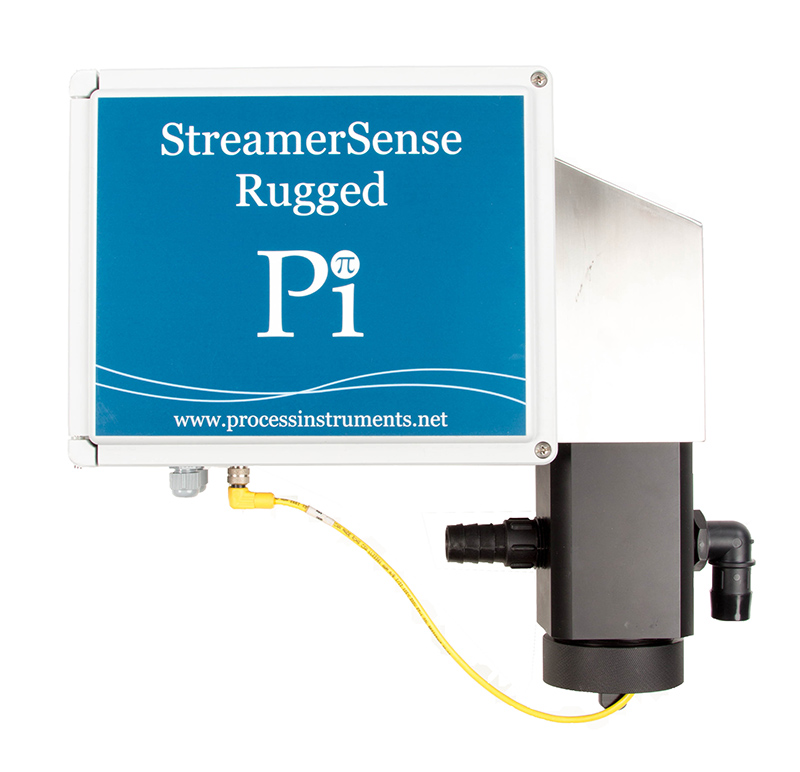

| Document | Type | Size |
|---|---|---|
| CoagSense | Brochure | 618kB |
| CoagSense Application Questionnaire | Technical Note | 519kB |
| Coagulation Control Using Streaming Current Monitoring | Technical Note | 842kB |
| PID Control | Technical Note | 710kB |








Click on the following for help
> Help with your application
> Technical help with your Analyser
> Help choosing a product


Louis Wilmot joined Pi at the beginning of January 2022 to provide sales and applications support to Pi’s customers in the South, South West, Midlands, North West of England and
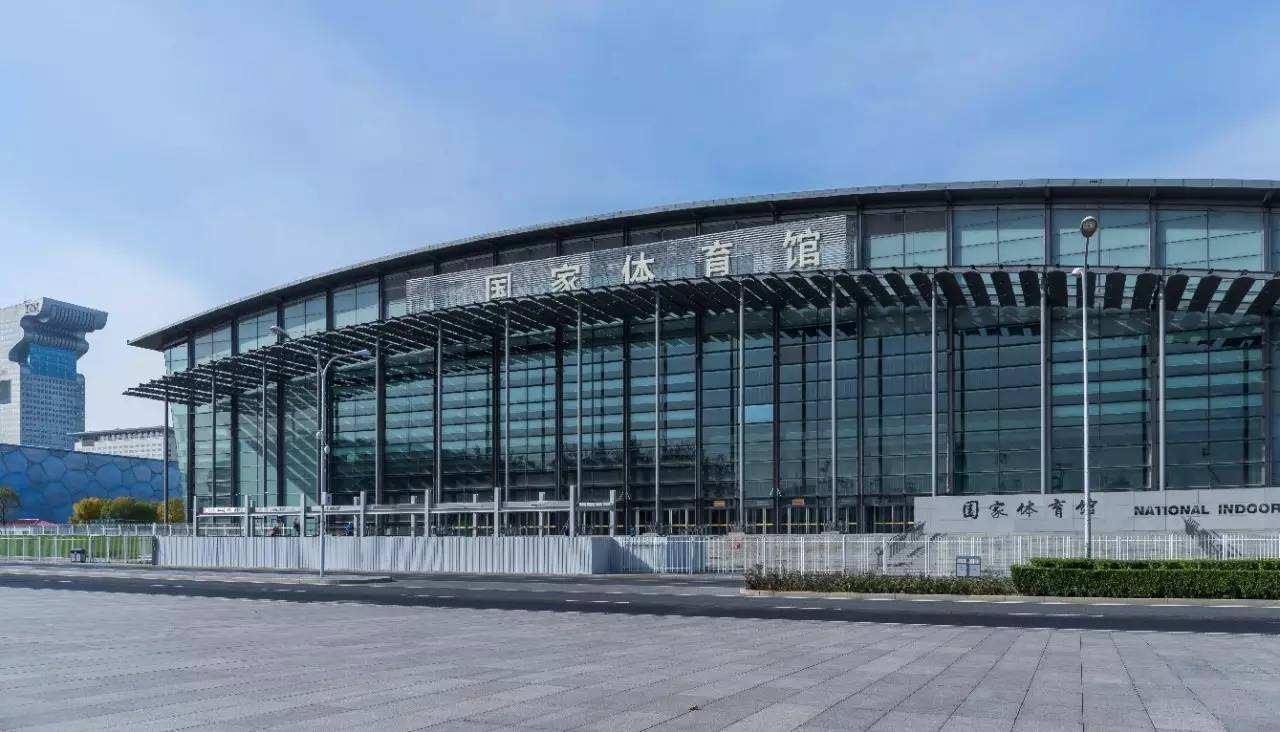

Pi’s representatives in China have completed installation of two recirculating cooling water systems at the China National Indoor Stadium, one of the venues hosting the ice hockey tournament at the


The CoagSense coagulation controller from Pi was recently a huge success at an event held by Pi’s China distributor, Fred Fan, for the Jiangxi Province Water Industry Association. Fred was


A multi-parameter analyser from Pi attracted many customers to Beijing Anyuan’s exhibition space at the China Water Supply Conference 2021 and Pi’s representative based in China, Chen Jiang, was there


Following on from the success of numerous water treatment plants in the UK and Ireland, Pi is now beginning to offer the CoagSense coagulation controller to other countries in the










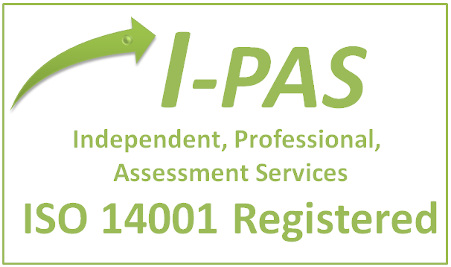





Subscribe to receive technical and applications information in the following categories: